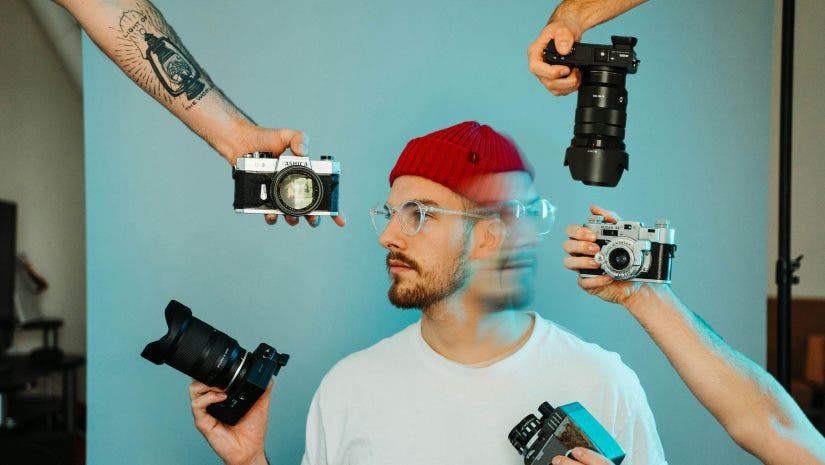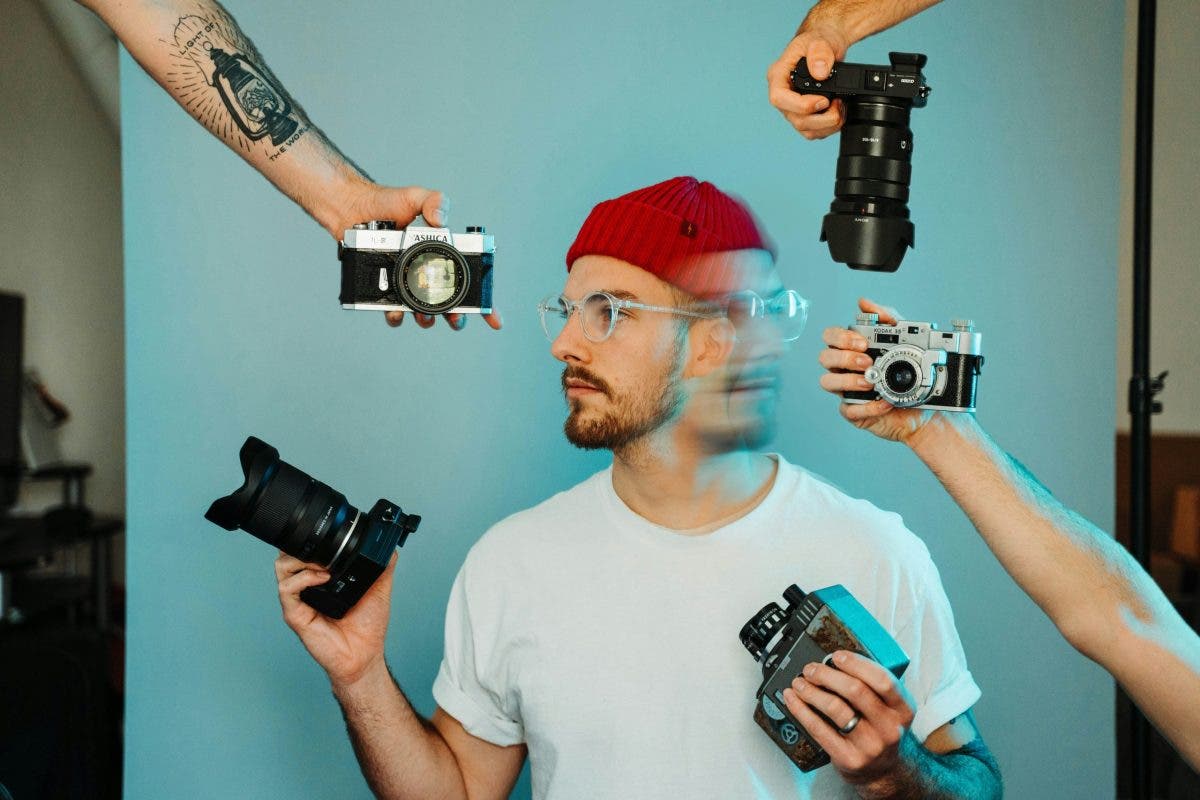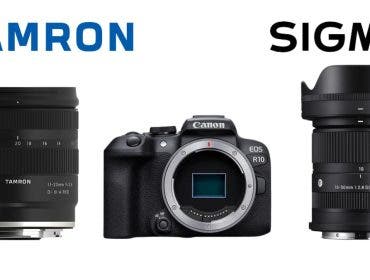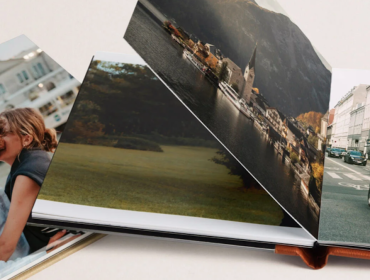Photographers are human. You might be saying, “Well, duh.” But I mean, just like people in other careers, they also have a lot of what ifs and urges to abandon their current routine for a new one. They might also wonder if their work is too similar to what everyone else is doing. Maybe they are yearning for a new photography style, something better that would truly express their individuality. If that sounds like you, don’t worry at all. So many other photographers have been there, too — staring at their camera, itching to break away from the familiar.
In this article, we’re exploring the art of stepping outside the box and finding a new photography style. We’ll talk about drawing inspiration from diverse sources, the importance of mastering the basics before “breaking” them, and experimenting with different genres. You’ll also learn how to seek valuable feedback. Most importantly, you will reflect on your progress to continuously refine your style. Let’s get into it!
Review the basics, see where you can experiment.
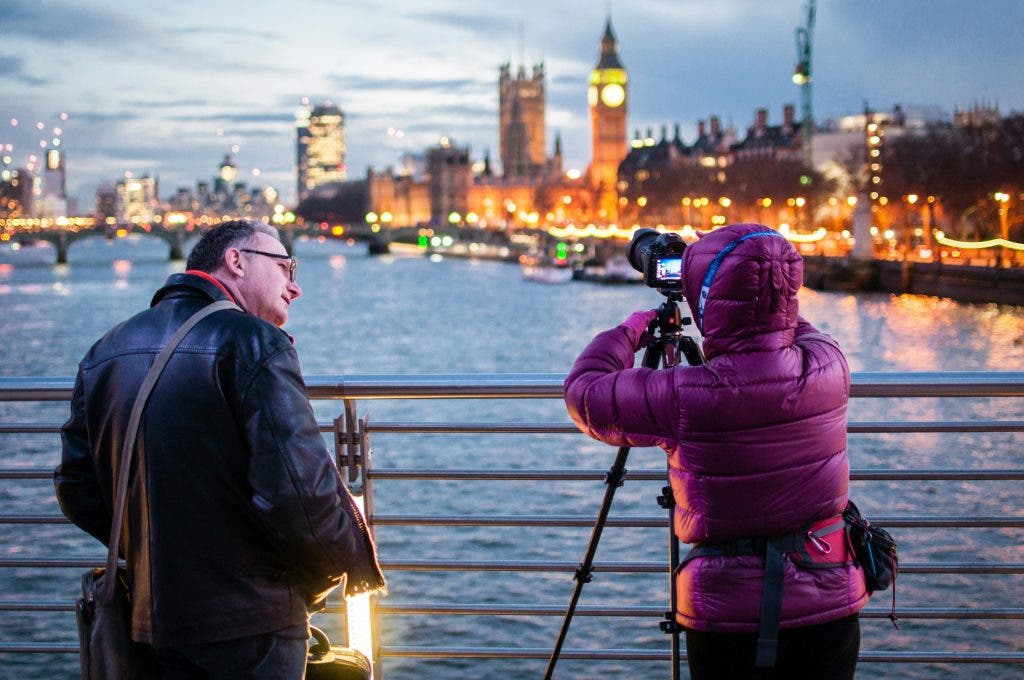
The fact is that photography is a combination of science and art and to become a professional photographer, one has to be aware of both sides. Before you can find a new photography style and try out new concepts, let’s be well-versed on why these rules exist and why they’re there. These basics include: composition, lighting, and focus. Let’s get to know the box that we’re “going out” of:
Composition
Composition is basically… the “framework” of your image. It’s the way that you arrange the elements in your photograph. It is the combination of details that guide the viewer’s eye through the image by creating balance, focus, and harmony. The most common guidelines for composition are the rule of thirds, leading lines, and framing.
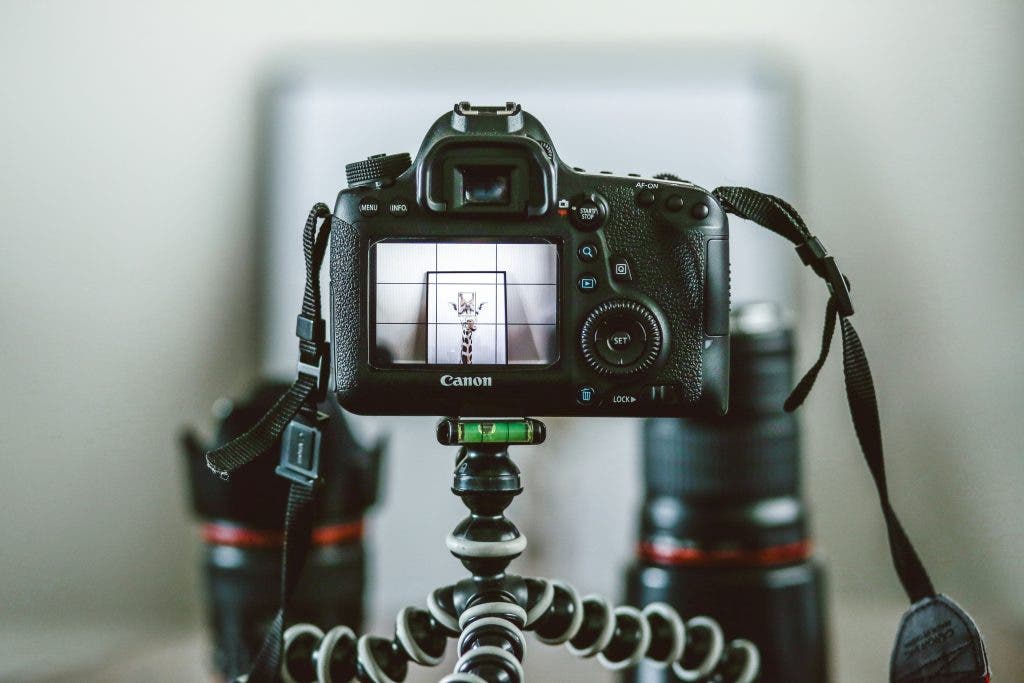
Let’s start with one of the most known composition guidelines, the rule of thirds. Adhere to this technique by dividing your image into a grid of nine equal parts. The camera and editing software you use can overlay images with the grid for you. With them, you can capture and edit easily according to the rule. The rule of thirds suggests that you place key elements along these lines or their intersections, not in the center. Why? Simple, this tends to create a very interesting and visually pleasing appearance.
Leading lines are kinda similar to the rule of thirds, in the sense that they both make use of lines. But leading lines are real lines within the image that guide the viewer’s eye to a particular point of interest. These can be roads, rivers, fences, or even shadows. They create depth and draw attention to the subject.

Finally, framing — a powerful compositional technique that involves using elements within the scene to create a “frame” around your subject. Framing can be achieved using natural elements like trees, arches, doorways, or even shadows to enclose or surround your main subject. It helps isolate the subject from the rest of the scene, reducing distractions and making the focal point stand out.
Lighting
Lighting helps people see your subject, sets the mood, creates depth, and defines the texture of your images. Before you start exploring new styles, it’s crucial to understand how different lighting conditions impact your photos. For example, soft lighting — you know, the kind you get on a cloudy day — casts minimal shadows only and smooths out every detail, making it great for portraits.
On the other hand, hard lighting such as direct sunlight, produces sharp shadows and can add a high-contrast effect to your images. By mastering these basics, you’ll gain the confidence to experiment. Who knows? Maybe you’ll start using backlighting to create silhouettes or side lighting to highlight textures, each time pushing your style in a new direction.
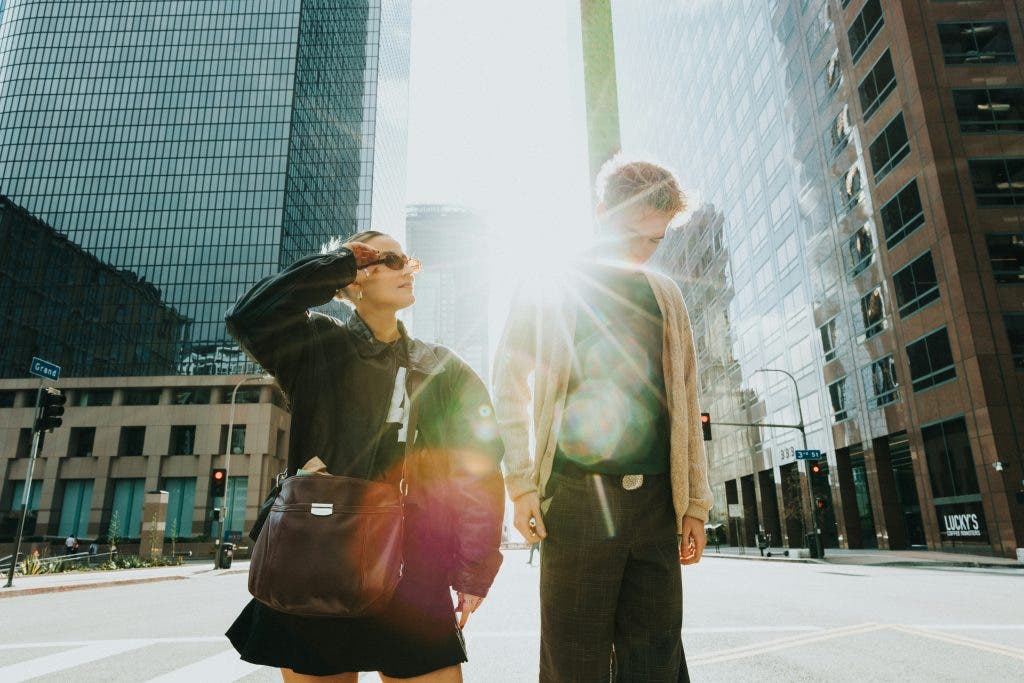
Focus
Mastering focus is all about trying to do everything in your power to ensure that the subject of your photograph is the first thing that the viewer of your photograph sees. There are key aspects to consider: manual focus, autofocus, and depth of focus.
There is the autofocus feature which helps the camera adjust focus on the subject automatically. Manual focus is more flexible, particularly when autofocus fails. That happens in low light! Depth of field, on the other hand, determines the amount of the scene that is in focus. Shallow depth of field, where only a small portion of the image is in focus is ideal for portraits. A larger depth of field keeps everything from the foreground to background in focus. That’s the DOF that’s ideal for group shots.
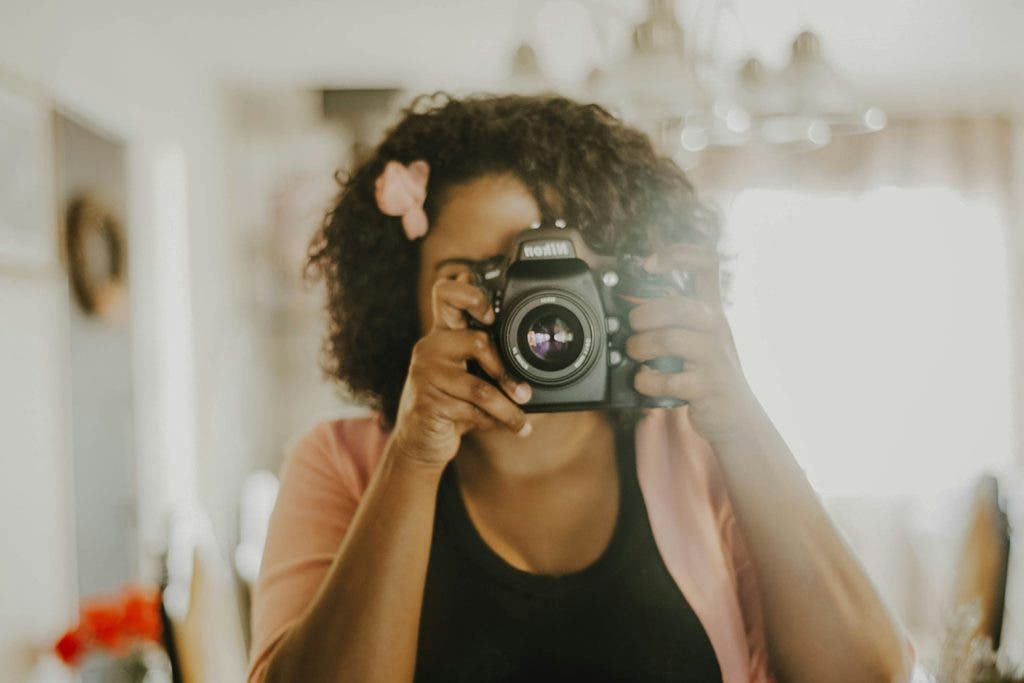
After you have learned these basics, maybe you can attempt to intentionally make your subject blurry for an abstract look or use a shallow depth of field to keep one part of the image sharp while the rest is blurry.
Take Some Inspiration
Inspiration keeps your creativity running. With it, you get new ideas and see the world in different ways. In this case, it even pushes you to try new things! You might be a beginner, or a professional wanting to switch styles, but one thing’s for sure: you need to develop your own personal style. Therefore, it’s necessary to expand your sources of inspo to a wide range. This can be other photographers, fiction, or even nature! I’ve prepared a list of three unique-styled photographers who stand out to me for their out-of-the-box ideas, see if you can take a few notes from them:
Brandon Woelfel
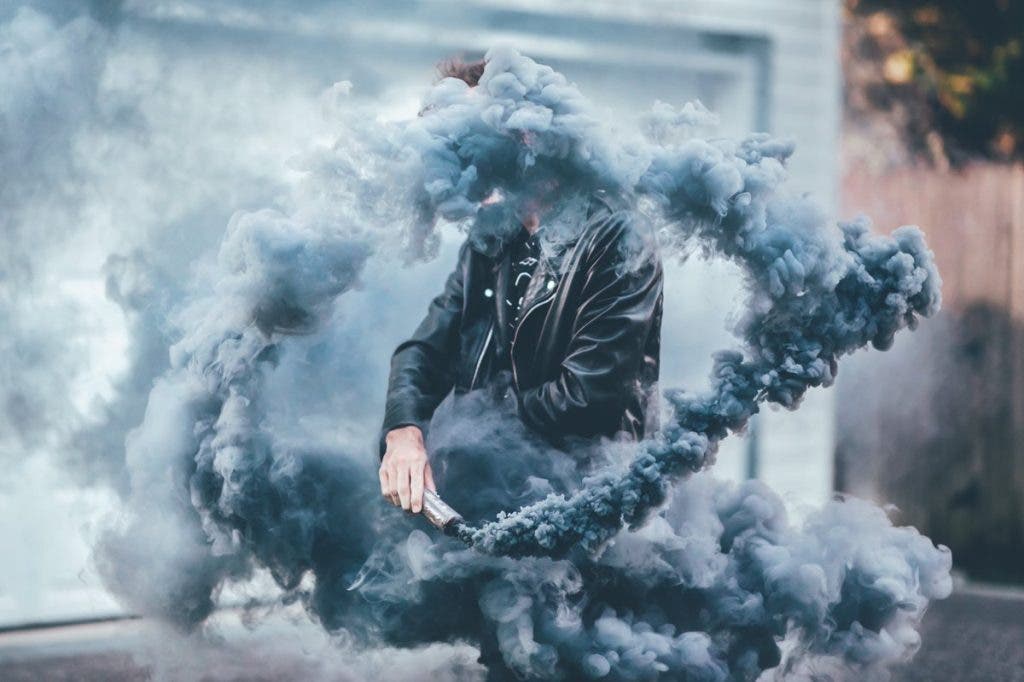
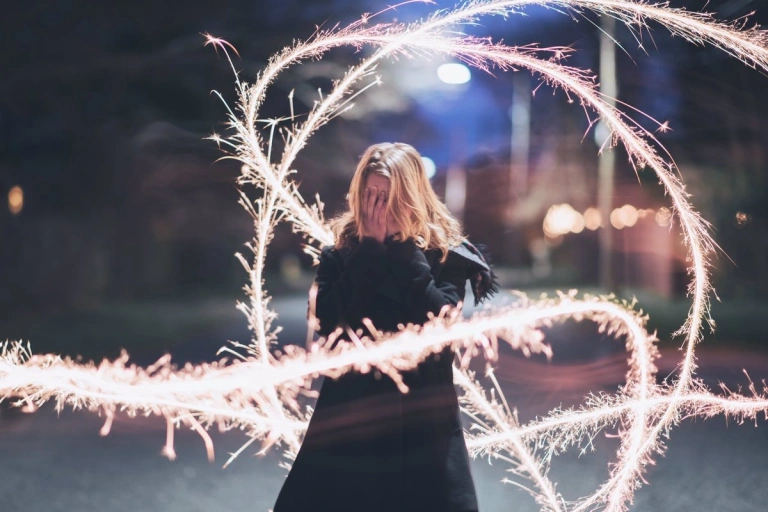
Woelfel, as a photographer, has really mastered his creative photography technique and made waves in the photography scene for his unique ideas. I specifically remember Brandon Woelfel circa 2018, when he challenged photography norms by really going outside the box with his shoots. He asked his models to pose with different colored smoke flares (top), creating a very eye-catching detail in his photos. On other occasions, he’d place his subjects against neon signs, or have them hold fairy lights, which was another memorable detail that really stuck his name in the photography world. He even played with light trail photography (bottom), a technique done with a higher ISO, longer shutter speeds, wider aperture settings.
Justine Kurland
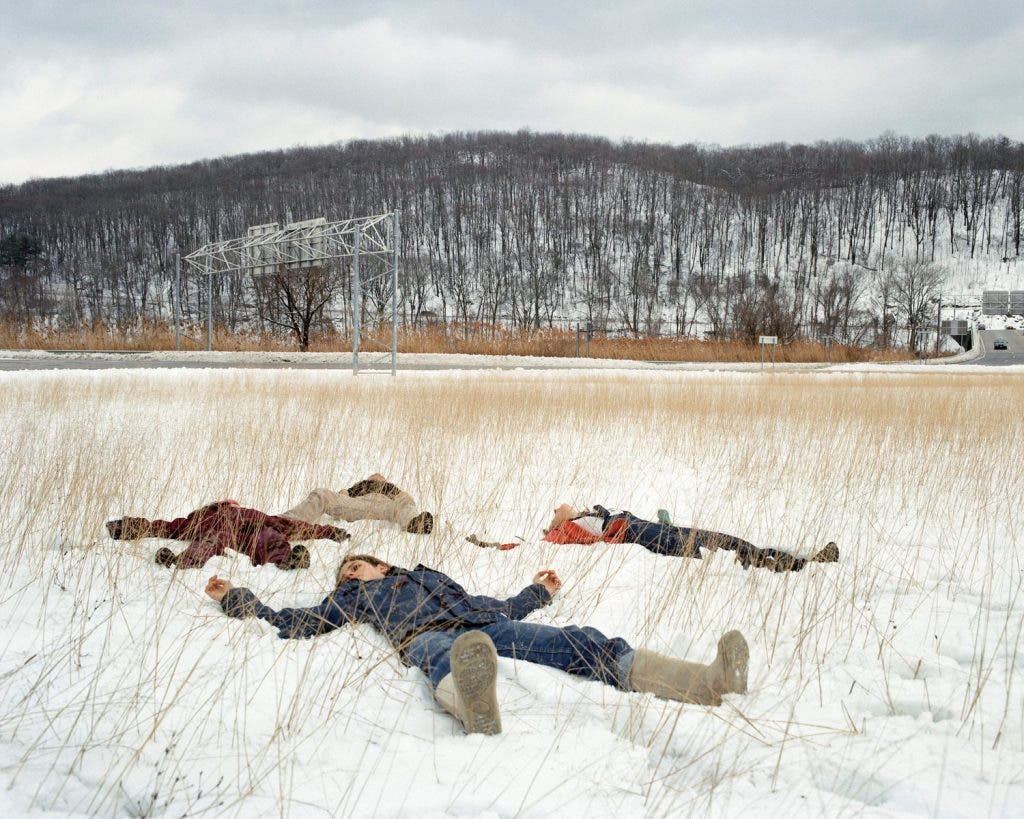
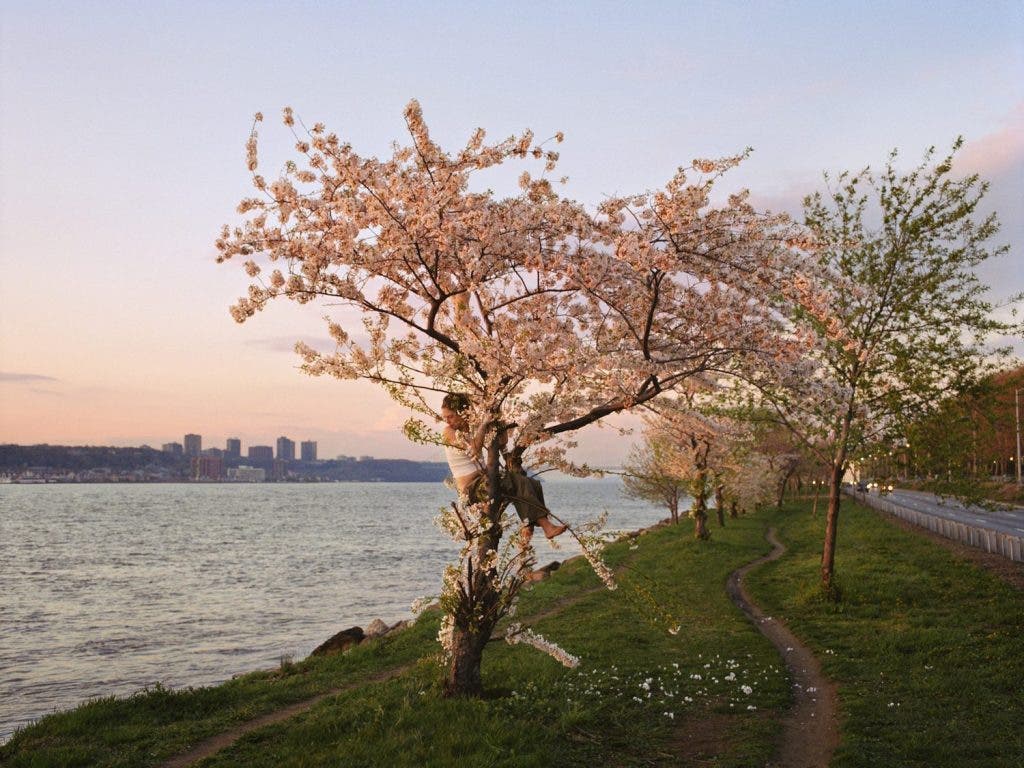
Strikingly unconventional — those are the appropriate words for Justine Kurland‘s photography. She stands out for her utopian photos of American landscapes. To me, her photos feel wildly radical, the utter un-normalness of it all really stands out, but in a beautiful way. And based on her work, it seems every detail is intentional. I imagine Kurlan’s brain to be constantly flowing, and instead of questioning her ideas, she pushes and executes them. Yes, make a model climb a tree or yes, make teenagers lay down in the snow to make the colors in their outfits stand out. It’s amazing to see something so raw and out of the box in a world that feels so monotone, so Kurland is definitely a very good photographer to draw inspiration from.
Alexey Titarenko
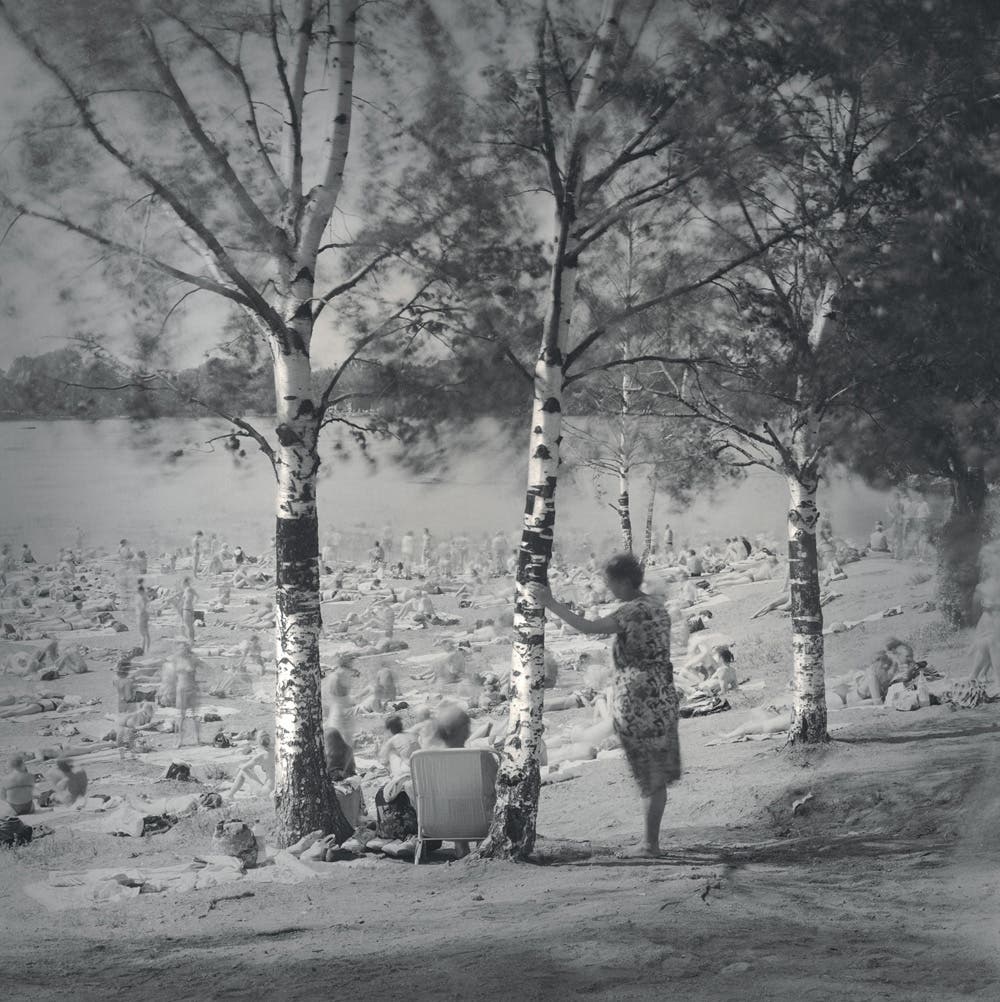
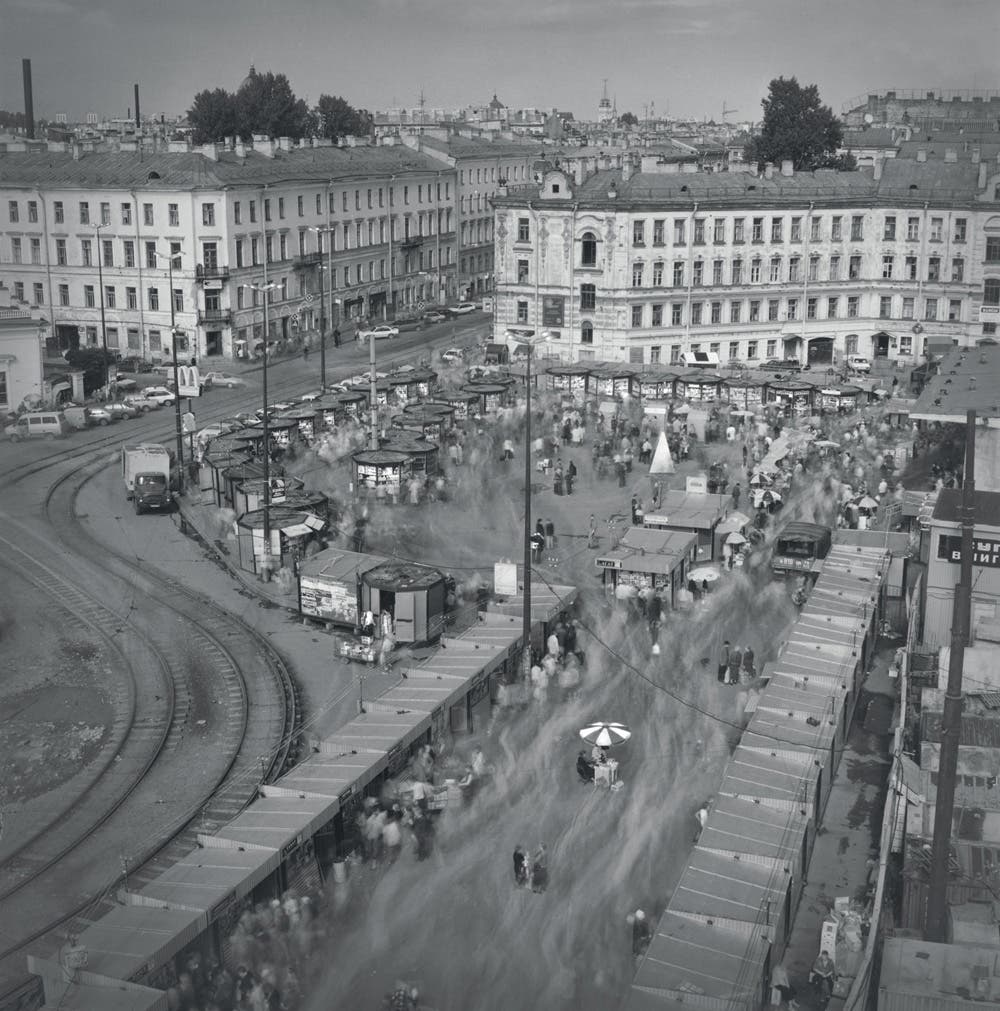
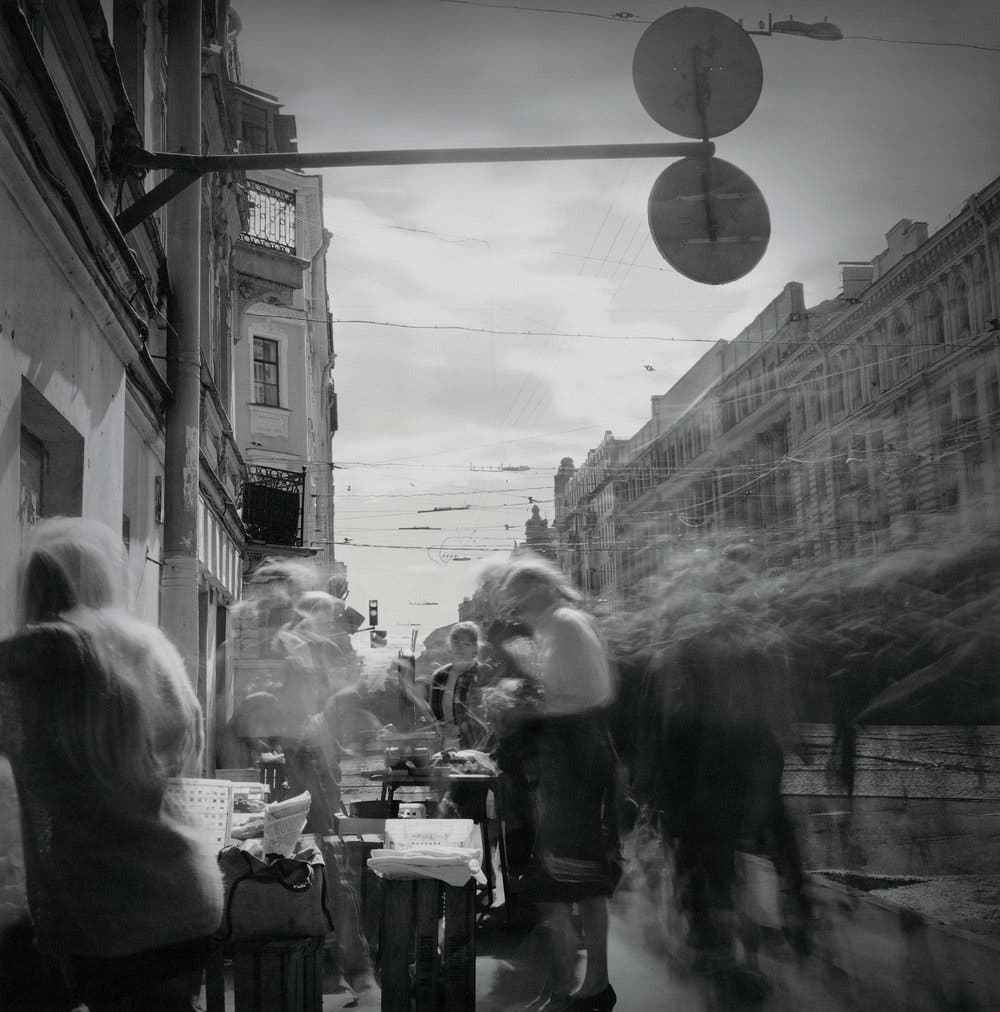
Black and white but make it a perfect balance of blur, light and shadow, that is Alexey Titarenko‘s skill. He shows up in the photography world as a prominent figure who stands by his technique of long exposure, despite the blur — but it is probably intentional. The blur seems to be a constant detail in Titarenko’s photos, emphasizing buzzing life despite its monochrome color scheme. This is a particularly good model for photographers who want to photograph black and white in a new way. Maybe you can incorporate a fresher, more modern detail but still maintain the old timey, blur-for-movement factors that Titarenko captures.
Keep Searching!
Despite my short list of inspirational photographers, remember to keep your eyes peeled for more. You never know what’s waiting in your Instagram explore feed, Pinterest refresh, or if you’re up for it: Tumblr.
Try Other Genres (Even If You’re Scared)
Worried about crossing a new frontier? Well, that’s normal. But it is actually helpful to try out new genres of photography to discover what is best for you. Sometimes, one only needs to come out of their comfort zone. If you normally take pictures of nature, for instance, try taking pictures of people’s faces. Portraits are concerned with the subject’s emotions and character, which is far from capturing landscapes.
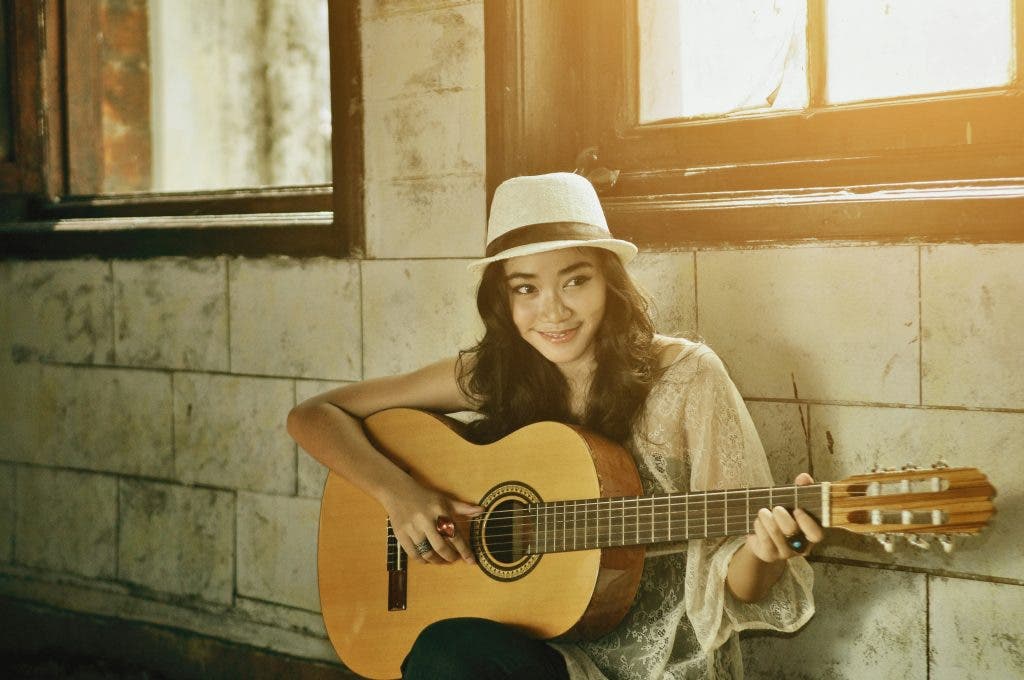
On the other hand, if you’re already a portrait photographer, try your hand something new like street or macro photography. Street photography is snapping pics of life and people in public places while macro photography is the photography of small details that are not easily visible to the human eyes.
Every genre has its own difficulties and methods. For example, street photography may challenge you to be more alert and agile, whereas macro photography will make you learn how to work with very small depths of field and focus on small details. Try your hand at everything and maybe you’ll find your new photography style!
Seek Feedback and Reflect
Another daunting step to this journey of finding a new photography style (or any journey for that matter) is asking for feedback. But showing your photos to the world is a crucial step in developing your style. When you show your work on the internet or to friends and family, you open yourself up to different perspectives and before you know it, the floor is open for constructive criticism. They can talk to you about strengths they might not notice, and your loved ones (who have your best interest in mind) can point out areas for improvement. It’s like having a fresh set of eyes that can offer new ideas or suggest techniques!
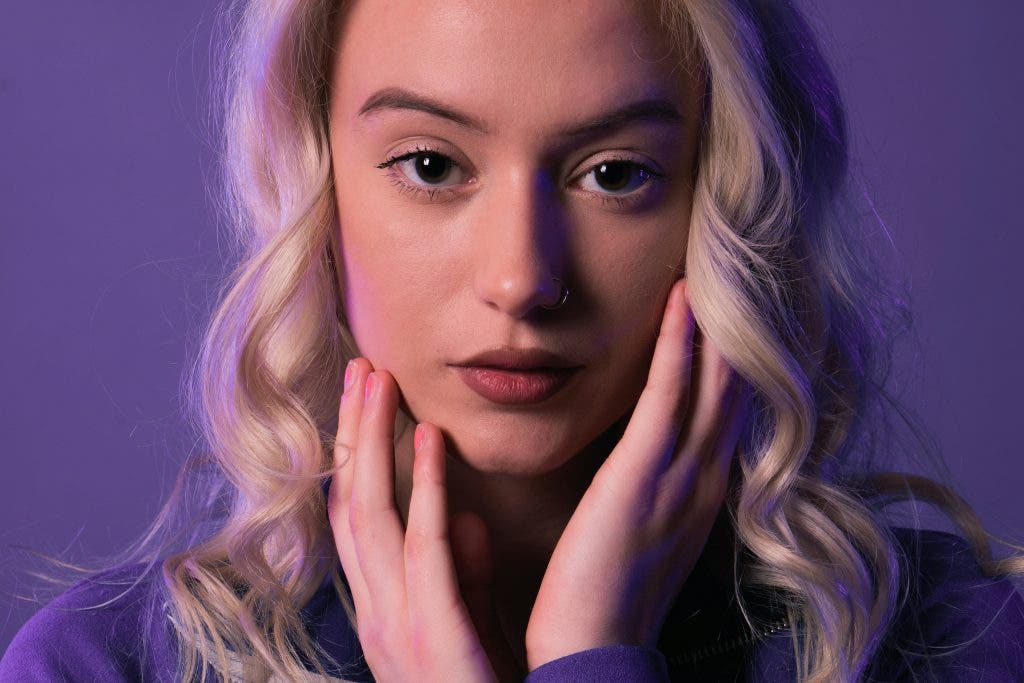
In addition to seeking feedback, regularly reflecting on your own work is equally important. Take time to look through your photos and notice any recurring themes or styles. Ask yourself what elements you’re consistently drawn to — whether it’s certain colors, subjects, or compositions. This self-reflection can reveal patterns in your work and guide you toward developing a more defined and personal style. By combining insights from others with your own observations, you can better understand your preferences and push your creative boundaries to find a photography style that is truly unique to you.
Your New Style Awaits!
In discovering a new photography style, always start by mastering the basics like composition, lighting, and focus. These fundamental skills give you the foundation to experiment confidently and creatively.
Once you’re comfortable with these rules, try exploring different genres, seeking feedback, and reflecting on your work to push your boundaries. By combining a solid understanding of the basics with a willingness to explore and adapt, you’ll be well on your way to developing a unique photography style!
